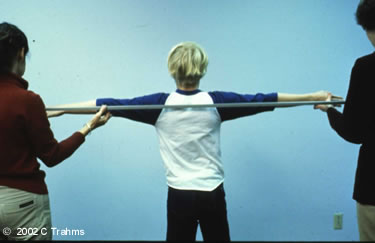DID YOU KNOW?
What many people don’t realize is that aluminum is practically 100 percent recyclable. It is extremely durable and can be reused over and over again. Aluminum foil is technically just as recyclable as aluminum cans. The problem is that aluminum foil is often dirtier, thus making it harder to recycle.

We just wanted to share chunk totally random and irrelevant information with you and WHAT DO YOU KNOW? It completely fits into what we were about to talk about today. (You know... the aluminum foil lab we did recently?)
ALRIGHT, now we're moving on to something thats
relevant. OOOO. So basically what this blog entails is the summary of what we did in.....dun dun dun......LAB 2E.
Okay just kidding guys, it's not actually scary, so come out from under your blankets and lets get rolling.
The basic formulas you need to know are:
Density = Mass/Volume
Volume = Mass/Density
Mass = Density x Volume
Volume = Length x Width x Height (a.k.a thickness)
Height = Volume/(Length x Width)
Now I bet you're going WOAH THERE slow down my brain is imploding. Well I'm sorry, but we must move on.
BASICALLY, what we did in the lab was take 3 pieces of rectangular square-ish paper and measured each's length and width to the right amount of sig figs. (Refer back to our sig fig lesson if you are a confused child right now). We recorded them all on the chart with their absolute uncertainty.
NEXT we weighed the pieces of aluminum on a centigram scale.

Then guess what we did? We recorded it on our table!!!! Now, this is a mandatory step for if you don't record, then all your work will be lost which usually leads to tears. But dry your tears, because it is hard to read small print when you are crying and I must finish todays lesson.
After this, we had to find the exponential error. What is this you ask? Well lucky for you, I will tell you. Exponential error is the exponential growth of an error, or how an error can compound itself over time. The formula for this foreign topic is:
Exponential error = your measurement - accepted value / accepted value x 100%
NOTE: EXPONENTIAL ERROR MUST ALWAYS BE WRITTEN AS A PERCENT. If not, barney will come after you and continuously sing children songs until you become insane.............okay maybe not the worst that could happen would be you would lose marks. But nowadays, marks are EVERYTHING.
Lastly, we had to do some follow up questions. THIS is where the equations come in. Just make sure that when they ask you to find the thickness of the aluminum, it is actually the height, so use the height formula. YES, they trick you like that and YES they probably find it funny that students are pulling their hair out to try to figure out the thickness.
So I guess this is all for now folks. Hugs and hearts.

VISIT THIS LINK FOR A SPECIAL SURPRISE!










